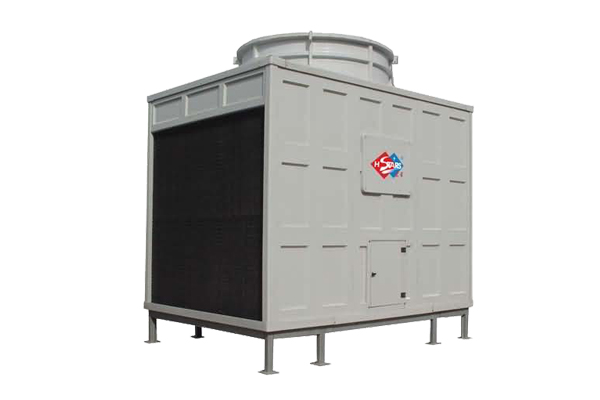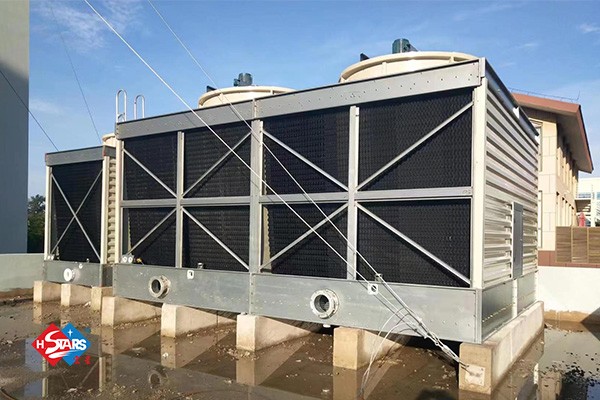Introduction:
Cooling towers are a fundamental component of industrial refrigeration systems, but understanding the various costs associated with them is crucial for businesses considering their implementation. In this article, we will delve into the costs of cooling towers in industrial refrigeration and provide insights for potential buyers of refrigeration equipment.

1. Initial Purchase and Installation Costs:
Cooling Tower Selection: The cost of a cooling tower can vary significantly based on its size, capacity, and design. Larger cooling towers with higher capacities will generally have higher initial purchase costs.
Installation Expenses: Installing a cooling tower involves various expenses, including site preparation, foundation construction, piping, and electrical work. These installation costs should be factored into the overall budget.
Engineering and Design: Engaging professionals for engineering and design services is necessary to ensure the cooling tower is properly integrated into the refrigeration system. These services also contribute to the initial cost.
2. Operational Costs:
Energy Consumption: Cooling towers consume electricity to run fans and pumps. The energy efficiency of the cooling tower and its components will impact ongoing operational costs.
Water Usage and Treatment: Maintaining the cooling tower's water quality requires water treatment processes, which can add to operational expenses. Additionally, consider the cost of the water supply for the tower's continuous operation.
Maintenance and Repairs: Regular maintenance is essential to keep the cooling tower operating efficiently. Neglecting maintenance can lead to increased repair costs and reduced performance.
3. Environmental and Regulatory Costs:
Water Discharge Regulations: Some regions have strict regulations regarding water discharge from cooling towers. Businesses may need to invest in additional equipment or processes to comply with these regulations.
Environmental Impact: Cooling towers have environmental implications, including water consumption and the potential release of chemicals. Companies may face costs associated with environmental compliance and sustainability efforts.

Conclusion:
While cooling towers are essential for industrial refrigeration, they come with various costs that businesses must consider. These costs encompass the initial purchase, installation, ongoing operational expenses, and environmental and regulatory compliance. To make informed decisions, buyers of refrigeration equipment should assess their specific needs, evaluate the efficiency of cooling tower options, and budget for all associated costs. Proper planning and maintenance can help manage these costs and ensure the efficient and reliable operation of cooling towers in industrial refrigeration systems.
H.Stars Group with 30+ years can help you with our advanced HVAC equipment, If you would like to learn more about Industrial cooling equipment, please leave your inquiry on our website, and our sales team will contact you as soon as possible.

评论
发表评论